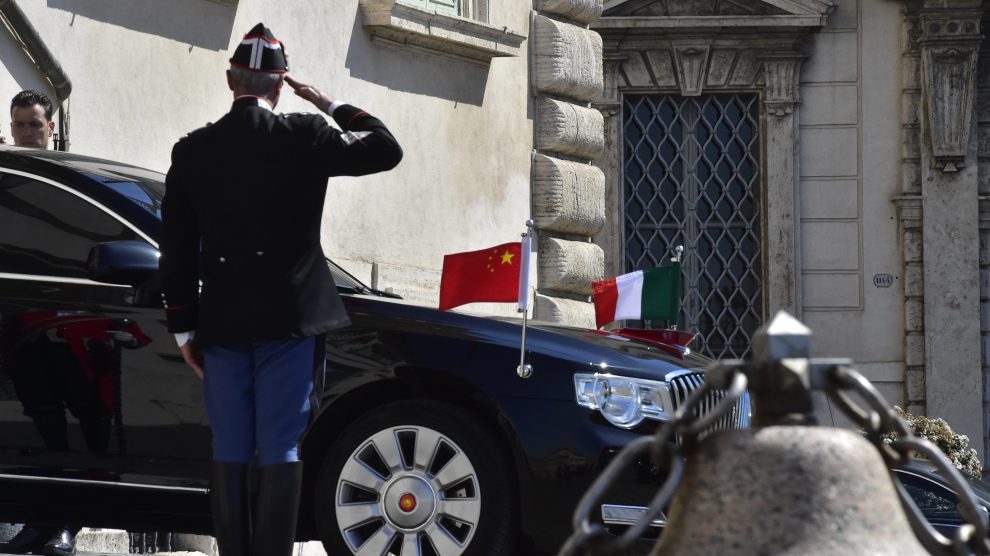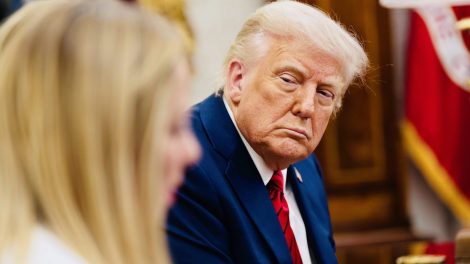At a time in which China is “more connected than ever,” economically and commercially speaking, the European Union has adopted both a foreign investment screening mechanism and an export control regulation. The measures aim to help member states monitor investments and prevent key assets from ending up abroad and in the wrong hands.
That is the case with dual-use technologies on which Beijing is relying heavily, though what the US Department of Defense called its “military-civil fusion” policy, to push forward its systemic competition with Washington. By reducing dependencies and external risk factors, the EU intends to walk a path towards becoming a more powerful geopolitical actor.
On the other hand, the EU does not possess any instrumento to monitor and prevent similar risks arising from the behaviour of European companies that are active in China. The situation is worsened by the poor reciprocity in economic and trade relations between the two parties. This is the picture emerging from “Monitoring EU business activity in China,” a report produced by Datenna, a Dutch economic intelligence company.
The researchers found that 32% of the first 500 European joint ventures in China are under significant influence from the Chinese State. The European partner does not hold a majority share in 71% of the joint ventures and only holds a minority share in 57% of the cases. Additionally, roughly 35% of EU partners own a third or less.
This leaves ample leeway for forced technology transfers, previously unreported links with the Chinese army or government and lack of reciprocity in relations between the EU and China, the main risks identified by Datenna. Hence, the report ends by encouraging the EU to pay more attention to European companies active in China and implement regulations to monitor their activities.
An unbalanced interest: China in the EU
According to Datenna experts interviewed by Decode39, European investments in China generally seem to be concentrated in less strategic sectors when compared to Chinese investments in the EU. Moreover, investments that silently weave links with the Chinese military industry are difficult to scrutinise, they explained.
That was the case with the Alpi Aviation affair, an Italian drone manufacturer suspected by Italian authorities of having passed, through an offshore company, into the hands of two Chinese state companies in “opaque ways”. These investments, according to Datenna, risk circumventing the export control regulations just updated by the European Commission.
Datenna’s analysis covered more than 13,000 entities for a total investment value of over €82 billion, flowing from Europe into the Chinese economy. The financial and business services sector, worth more than €24 billion. Following are consumer products and services, machinery, electronics and electrical appliances, and information and communication.
Germany leads the ranking of countries that invest the most in China, with €25.8 billion, i.e. over 30% of the total. Other major investors include the Netherlands, the United Kingdom, France and Italy. Switzerland and Luxembourg are also in the top positions, despite the relatively small size of their economies.
As far as Chinese acquisitions are concerned, the most coveted sector among Chinese investors in Europe is machinery, according to another Datenna report, the “China – EU FDI Radar”. Energy, consumer products, automotive, health, electronics and ICT follow. Of the 746 acquisitions analysed by the researchers, more than a quarter (189) are German. Following are the UK (117), France (80) and Italy (57).
The China-Italy investment ecosystem
The investment flow from Italy amounts to $8.7 billion and has been growing strongly over the last 20 years. In 2004 50 new Italian entities were set up in China; this figure rose to 85 in 2017 and 96 in 2018. In 52% of cases, these are joint ventures in which the Italian company has a minority stake – a lower percentage than the figures for the entire EU.
The consumer products and services sector now tops the list with 65% of total transactions with €5.6 billion. It is followed by transport and infrastructure (1 billion, or 12%), financial and business services (666 million, or 8%), machinery (381 million, or 4%), automotive equipment and transport (353 million, or 4%). Below 1% are energy and environment (38 million) and aviation (22 million).
Confirming Datenna’s findings, these numbers are very different from those concerning Chinese acquisitions reported in the “China – EU FDI Radar” report. In the latter case, machinery leads the ranking (18 out of 57), followed by consumer products and services (6), automotive equipment and transport, electronics and electrical equipment, transport and infrastructure (5).
The Italian trend is not far removed from European trends. 61% of acquisitions have “low” Chinese government influence, 21% “medium,” and the remaining 18 are marked “high”. Beijing’s hand is strongest in the chemicals, metals and basic materials, automotive and transport equipment, and transportation and infrastructure sectors.
Among the acquisitions with “low” influence is the deal that brought Parma Calcio – a top-tier Italian football club – to be in the hands of the Desports Group holding from 2017 to 2020. Those with “medium” influence include Patto Geodata – a company that’s active in the market of environmental, civil, industrial and mining engineering, operating in Italy and in dozens of other countries -, acquired by the PowerChina Northwest Engineering Corporation Limited group, which specialises in the supply of engineering and construction services.
Finally, among acquisitions in which the influence of Beijing is “high” are the deal that brought 35% of CDP Reti into the hands of State Grid Corporation of China (now under the spotlight of the Italian government), the acquisition of EDF Europe by Guangdong Dongfang Precision Science & Technology and the cession of 100% of the capital of Laboratorio Italiano Biochimico Farmaceutico Lisapharma, a pharmaceutical company, to Shandong Sito Bio-Technology Co. Ltd by the Arcadia Small Cap fund, managed by Arcadia (an asset management company), and the Fondo Finanza e Sviluppo Impresa, managed by Azimut Libera Impresa (another asset management company).




